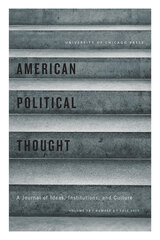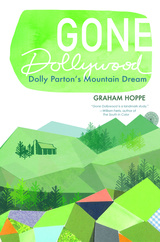
Dolly Parton isn’t just a country music superstar. She has built an empire. At the heart of that empire is Dollywood, a 150-acre fantasy land that hosts three million people a year. Parton’s prodigious talent and incredible celebrity have allowed her to turn her hometown into one of the most popular tourist destinations in America. The crux of Dollywood’s allure is its precisely calibrated Appalachian image, itself drawn from Parton’s very real hardscrabble childhood in the mountains of east Tennessee.
What does Dollywood have to offer besides entertainment? What do we find if we take this remarkable place seriously? How does it both confirm and subvert outsiders’ expectations of Appalachia? What does it tell us about the modern South, and in turn what does that tell us about America at large? How is regional identity molded in service of commerce, and what is the interplay of race, gender, and class when that happens?
In Gone Dollywood, Graham Hoppe blends tourism studies, celebrity studies, cultural analysis, folklore, and the acute observations and personal reflections of longform journalism into an unforgettable interrogation of Southern and American identity.
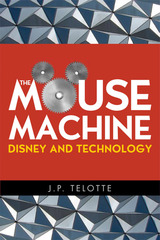
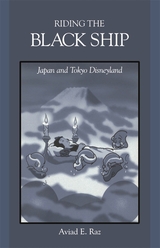

An action-packed crime novel starring Parker, the heister starring in the forthcoming Shane Black film Play Dirty!
Richard Stark's Parker novels are the hardest of hard-boiled, classic crime novels where the heists are huge, the body counts are high, and the bad guys usually win.
The Parker novels have been a huge influence on countless writers and filmmakers, including Quentin Tarantino, Stephen King, George Pelecanos, Colson Whitehead, Lucy Sante, John Banville, and many more. Their stripped-down language and hard-as-nails amorality create an unforgettable world where the next score could be the big one, but your next mistake could also be your last. There's nothing else like them.
The hunter becomes prey, as a heist goes sour and Parker finds himself trapped in a shuttered amusement park, besieged by a bevy of local mobsters, in Slayground. There are no exits from Fun Island. Outnumbered and outgunned, Parker can’t afford a single miscalculation. He’s low on bullets and making it out alive is a long shot—but, as anyone who’s crossed his path knows, no one is better at playing higher stakes with shorter odds.
The wildest of all Parker novels, Slayground offers nonstop action, shuddering suspense, and jaw-dropping surprises.
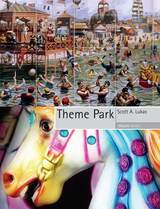
Theme Park takes the primitive amusements of pleasure gardens as its starting point and launches from there into a rich, in-depth investigation of the evolution of the theme park over the twentieth century. Lukas examines theme parks in countries around the world—including in the United States, Mexico, Europe, Japan, China, South Africa, and Australia—and how themed fairs and parks developed through diverse means and in a variety of settings. The book examines world-famous and lesser-known parks, including the early parks of Coney Island; Madrid’s Movieworld; a series of World Fairs and their luxurious exhibition halls; Six Flags parks and virtual theme parks today; and, of course, the unparalleled achievements of Disneyland and Disney World.
Lukas analyzes the theme park as a living entity that unexpectedly shapes people, their relationships, and the world around them. Theme parks have now become complex representations of the human mind itself, he contends, through its interpretations of books, feature films, video games, and Web sites. Ultimately, Theme Park reveals, the wider influence of theme parks can be found in the shopping malls, branded stores, and casinos that employ the tricks and techniques of amusement parks to dominate our entertainment world today.
Packed with captivating illustrations, Theme Park takes us on historical roller coaster ride that both reanimates the places that shaped our childhoods and anticipates the future of escapism and fantasy fun.
READERS
Browse our collection.
PUBLISHERS
See BiblioVault's publisher services.
STUDENT SERVICES
Files for college accessibility offices.
UChicago Accessibility Resources
home | accessibility | search | about | contact us
BiblioVault ® 2001 - 2025
The University of Chicago Press


